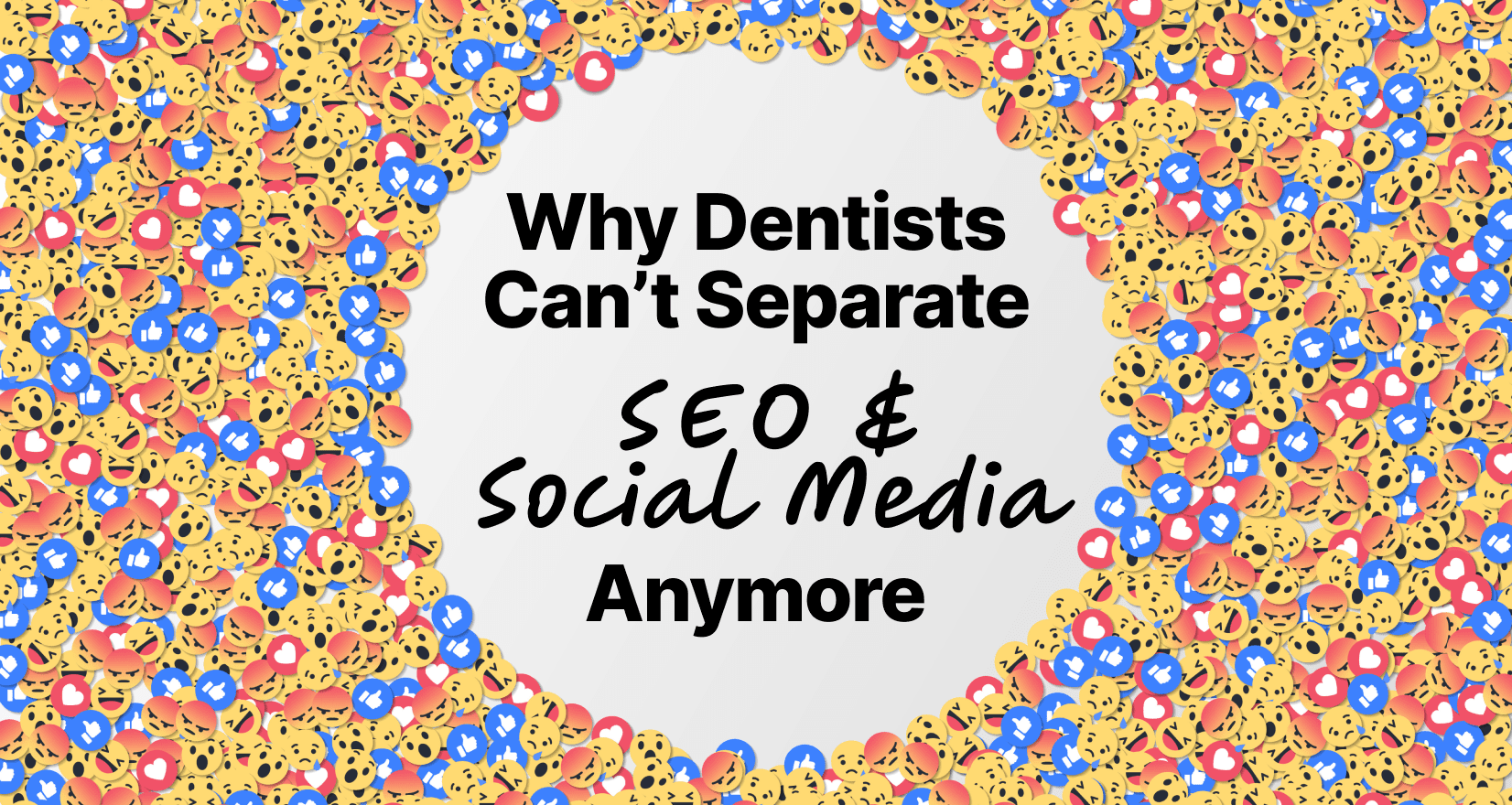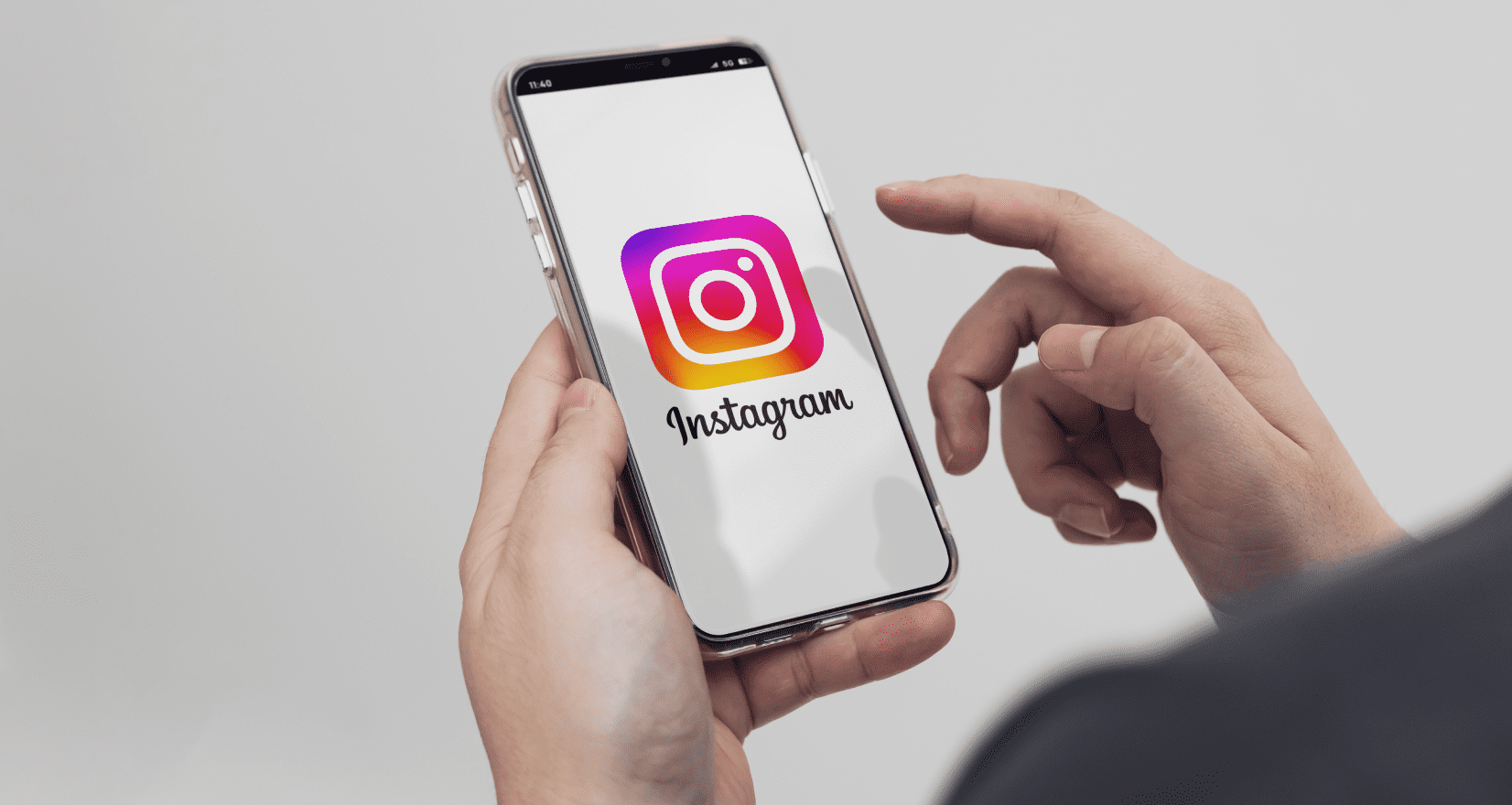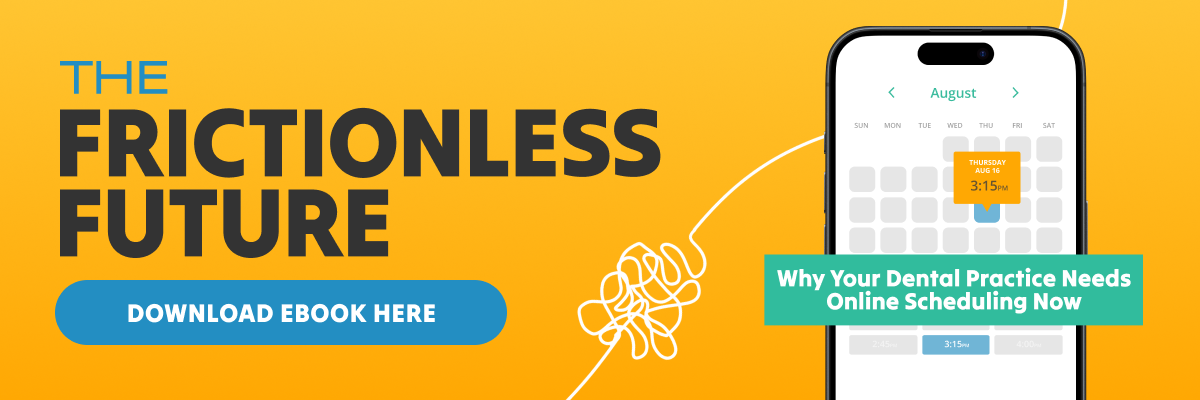
What You’ll Learn:
- What Facebook is changing about its external Like and Comment buttons and when.
- Why this shift marks the end of a Web 2.0 era in online engagement.
- How these changes affect dental websites and what (if anything) you should do next.
- Smart ways to keep your dental social media strategy current and effective in 2026 and beyond.
Goodbye Facebook “Like” Buttons: What Dentists Need to Know About This Big Social Media Shift
The end of an internet era is coming, and this time, it’s taking Facebook’s famous blue “Like” button with it.
Meta announced that beginning February 10, 2026, the external Facebook Like and Comment plugins — those small icons once embedded on millions of websites — will officially be discontinued. When that day comes, they won’t break your website or cause errors; they’ll simply disappear, quietly rendering as invisible pixels in your site’s code.
It’s a small change in terms of website functionality, but a big one symbolically. These plugins once defined how people interacted with content online. Now, as Meta pivots toward more modern tools and in-app engagement, it’s clear the old Web 2.0 model of scattered social sharing is being replaced by a more streamlined, platform-centered experience.
So what does this mean for dental practices? If your dental website or blog ever included those Facebook “Like” or “Comment” boxes, this is your signal to tidy up and rethink how you connect with patients online.
What’s Changing and Why
Facebook is officially retiring its external Like and Comment buttons on February 10, 2026. No need to worry if you’re using these buttons; they won’t break anything when they go. The code will simply render as invisible, and your site will continue running normally.
These buttons were once a staple of early social media marketing. They let visitors “like” a blog post or leave a Facebook comment right on your website, helping spread your content without patients ever leaving the page. But as online behavior evolved, so did engagement. Patients now interact within apps like Facebook, Instagram, and TikTok rather than through website widgets.
Meta says the decision reflects its goal to maintain a “modern, efficient” platform. It’s also part of a broader trend toward privacy, faster websites, and on-platform engagement that delivers clearer results for businesses.
For dental practices, this change is really just confirmation of where your marketing energy belongs: building real community on social media, not relying on outdated tools to show social proof.
How This Impacts Dental Practices
If your dental website currently uses Facebook’s Like or Comment plugins, here’s what will happen on February 10, 2026:
- The buttons will no longer appear or function.
- The code won’t break your site or cause errors — it’ll simply render as invisible.
- You don’t have to take any action, though removing the old code can help keep your site clean and fast.
In truth, most dental websites haven’t relied on these plugins for years. Patients today interact with dental practices directly on social media platforms or through Google reviews, not through embedded widgets on websites.
Still, this change is a good reminder to review your site’s social media integrations. It’s easy for outdated plugins or old scripts to linger in your code, quietly slowing things down.
For practices working on local SEO or user experience, this is also a perfect opportunity to:
- Streamline your website by removing unnecessary third-party tools.
- Replace dead plugins with clear, modern social links that drive visitors directly to your practice’s Facebook or Instagram pages.
- Focus engagement where it actually counts: on your social profiles, Google Business Profile, and patient reviews.
This change won’t hurt your dental marketing, but it’s a great nudge to modernize your digital presence and make sure every element of your site is pulling its weight.
A Quick Look: From “Likes” to Lasting Connections
If you remember the dawn of Facebook, this change might feel like a small goodbye to the early days of social media. But the truth is, most engagement has already moved on and that’s a good thing.
Here’s a quick comparison showing how dental marketing has evolved from website-based clicks to real patient engagement that actually builds your brand:
| Then (Old Facebook Plugins) | Now (Modern Dental Marketing) |
| Visitors could “Like” or comment on your blog directly using Facebook login. | Patients engage directly on Facebook, Instagram, and Google platforms. |
| Showed how many people “liked” your content — often as a vanity metric. | Focus on authentic engagement: comments, shares, reviews, and messages. |
| Slowed down websites with extra code and third-party tracking script | Cleaner, faster sites improve user experience and SEO performance. |
| Limited control over how engagement appeared or was tracked. | Full control over how and where you share posts, videos, and stories |
| Engagement happened off social media platforms. | Engagement happens on platforms where your patients already are. |
| Social proof was tied to widgets. | Social proof now lives in your content, reviews, and community presence. |
What Dentists Should Do Now
You don’t need to panic or rush to make changes, but this update is a great excuse to give your website and social strategy a quick checkup. Here’s where to start:
1. Clean Up Your Website
If you (or your web developer) ever added a Facebook Like or Comment plugin, remove the old code. It won’t cause issues after February 2026, but cleaning it out helps keep your site lean and professional.
2. Modernize Your Social Links
Replace outdated widgets with clean, branded links or icons that connect directly to your Facebook, Instagram, and TikTok profiles. These not only look better but drive engagement where it actually matters — on the platforms themselves.
3. Shift the Focus to On-Platform Engagement
Instead of expecting patients to “like” a blog post on your website, encourage them to comment on your Facebook or Instagram posts. Post your content natively to those platforms for more visibility and better algorithmic reach.
Example: Instead of a Like button under your “Top 5 Foods for Healthy Teeth” blog, share the link on Facebook with a short caption and ask, “Which of these surprised you most?”
4. Audit Your Online Presence
While you’re at it, take a broader look at your online ecosystem:
- Are your social profiles consistent and active?
- Is your Google Business Profile complete and up to date?
- Does your website clearly link to your main social channels?
5. Partner With a Dental Marketing Expert
If this all sounds like a lot, don’t worry. Keeping track of changes and adjusting strategy is exactly what My Social Practice helps with. We stay ahead of digital trends so you don’t have to, helping dental practices modernize websites, optimize SEO, and keep social strategies fresh.
The Bigger Lesson for Dental Marketing
If there’s one thing digital marketing teaches us, it’s that nothing stays the same for long. Algorithms change, platforms evolve, and yes, even the iconic Facebook “Like” button can fade into history.
But while tools come and go, the goal of social media never changes: to connect authentically with your patients and community.
For dental practices, that means your success doesn’t depend on a plugin or a widget, but on trust, consistency, and real engagement. Patients don’t choose a dentist because a blog post had a hundred likes; they choose a dentist whose personality, expertise, and care shine through online.
This shift from website-based engagement to platform-based connection also highlights an important trend:
- Social proof is more powerful on social platforms. Reviews, patient photos, team videos, and community stories perform far better on Facebook and Instagram than embedded tools ever did.
- Simpler websites perform better. Clean, fast-loading sites with modern design and clear calls to action help patients book appointments faster without the clutter of outdated tech.
In short, the end of Facebook’s external plugins isn’t bad news. It’s a reminder that your real social influence comes from showing up consistently where your patients spend their time.
Frequently Asked Questions
Will Facebook’s removal of the Like button affect my dental website?
Not directly. Facebook’s external “Like” and “Comment” plugins will stop working in February 2026, but they won’t break your website or affect your SEO. The buttons will simply disappear. However, it’s a good idea to remove any old plugin code and replace it with clean links to your dental practice’s Facebook and Instagram pages for a better user experience.
How should dental practices engage patients on Facebook now?
With external plugins going away, focus your energy on native engagement — posting directly on Facebook and Instagram, responding to comments, and sharing patient stories or educational content. The Facebook algorithm favors fresh, authentic posts from active pages, which helps dental practices reach more potential patients locally.
Do Facebook plugin changes impact my local SEO or Google rankings?
No, removing Facebook’s Like or Comment buttons won’t hurt your Google ranking. In fact, cleaning up old plugin code can slightly improve site speed and performance — both minor ranking factors. Your local SEO will benefit more from active Google reviews, optimized service pages, and regularly updated social content.
About the Author: Megan Nielsen is an SEO strategist and the Grand Overlord of copywriting at My Social Practice. My Social Practice is a dental marketing company that offers a full suite of dental marketing services to thousands of dental practices throughout the United States and Canada.
![[Byte Sized Podcast Ep. 23] Frictionless Online Dental Scheduling: Why Your Practice Needs It Now Feat. Colin Ambler - buttons - My Social Practice - Social Media Marketing for Dental & Dental Specialty Practices online dental scheduling](https://mysocialpractice.com/wp-content/uploads/2025/12/byte-sized_ep23.png)




![[Byte Sized Podcast Ep. 23] Frictionless Online Dental Scheduling: Why Your Practice Needs It Now Feat. Colin Ambler - buttons - My Social Practice - Social Media Marketing for Dental & Dental Specialty Practices online dental scheduling](https://mysocialpractice.com/wp-content/uploads/2025/12/byte-sized_ep23-100x100.png)



